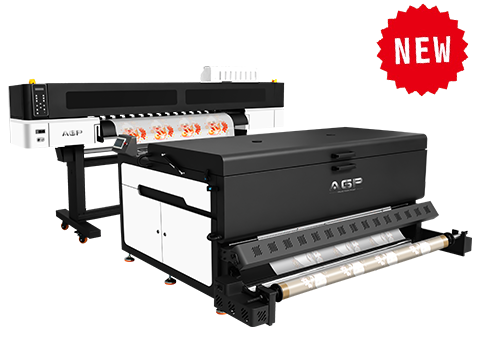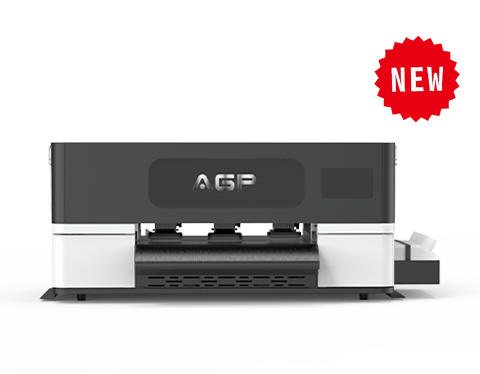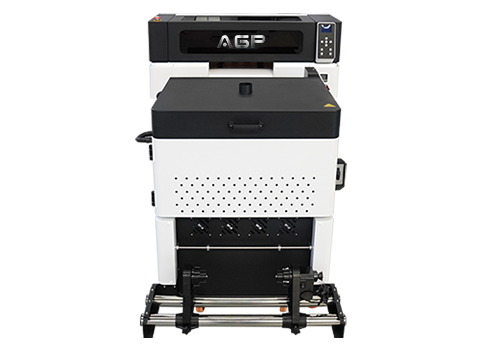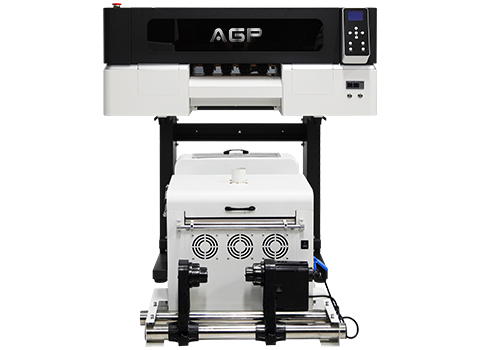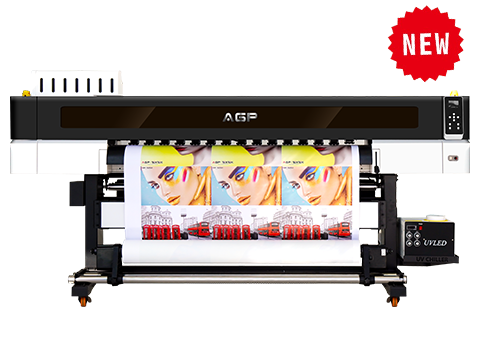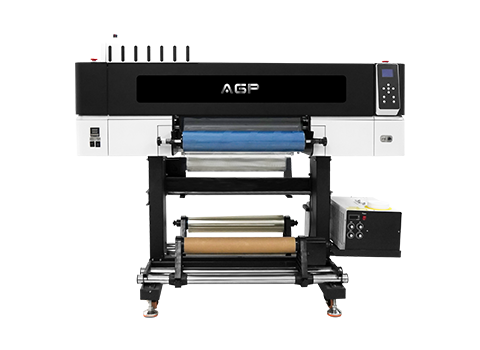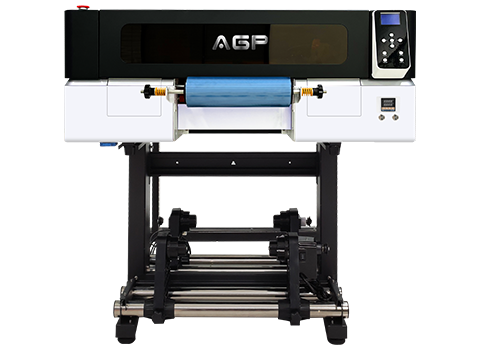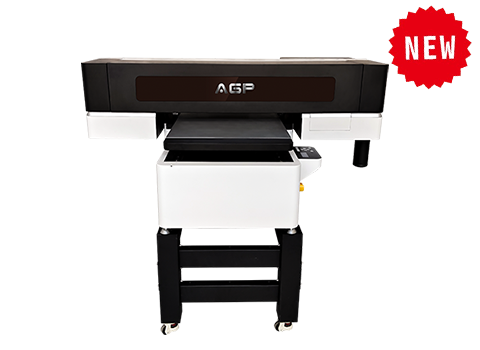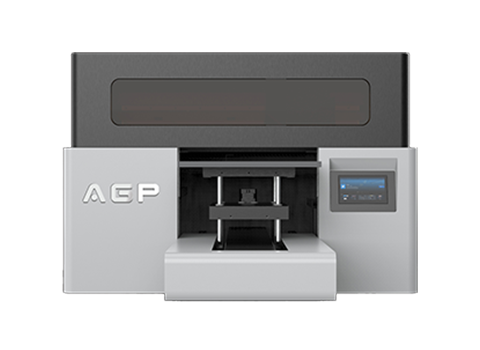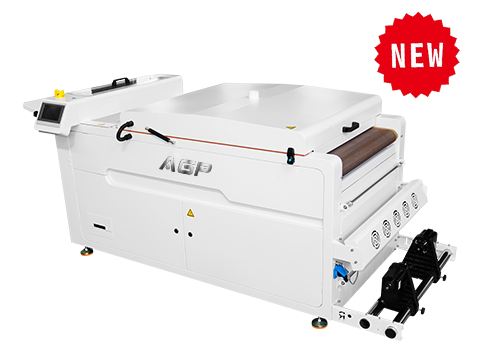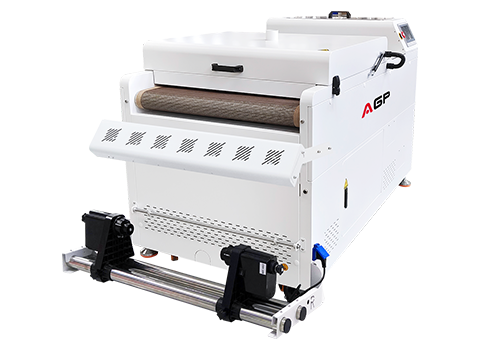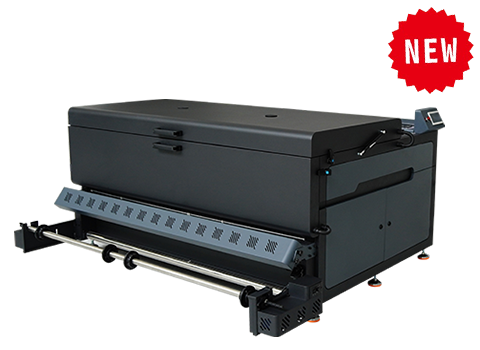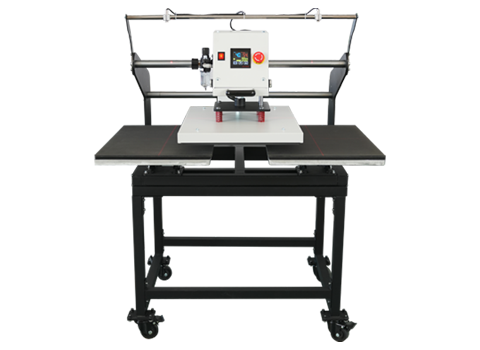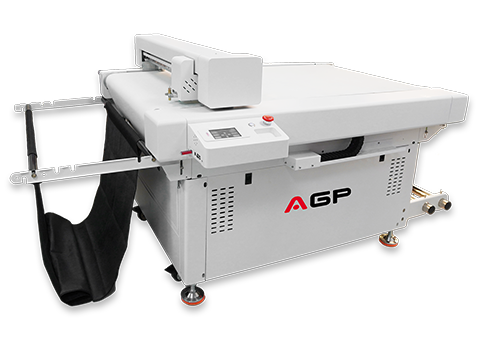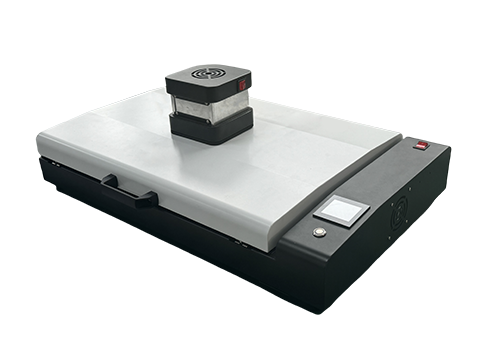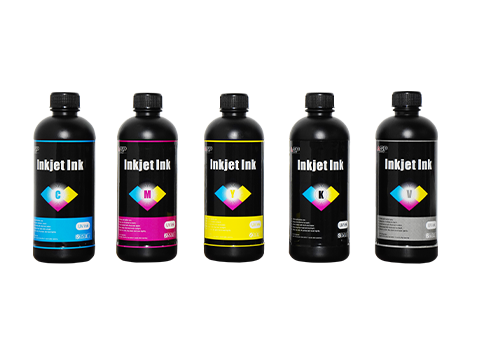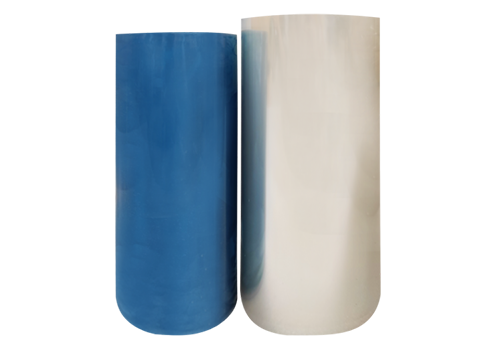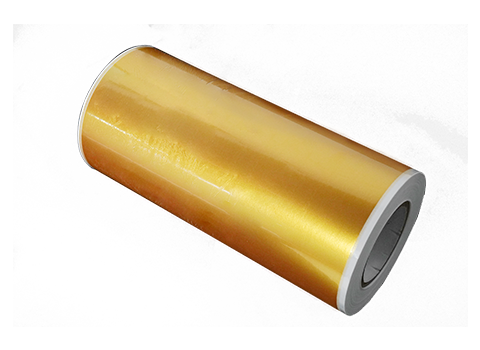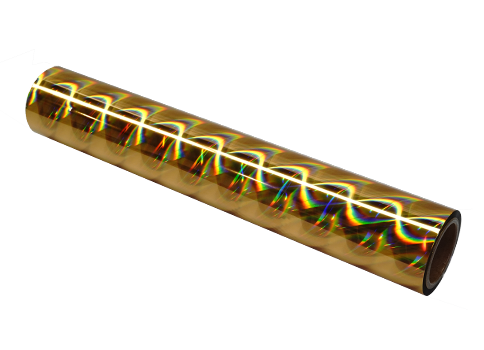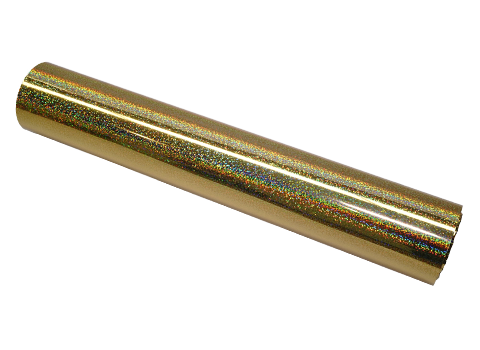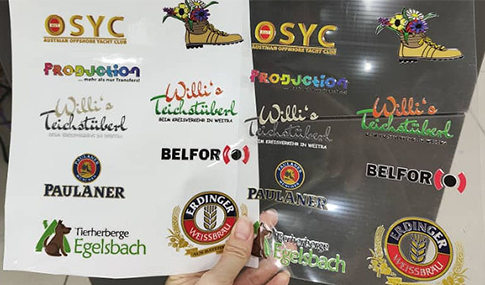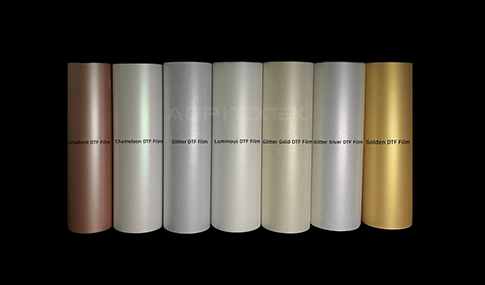How to Choose DTF Powder? – A Pro Guide Revealed!
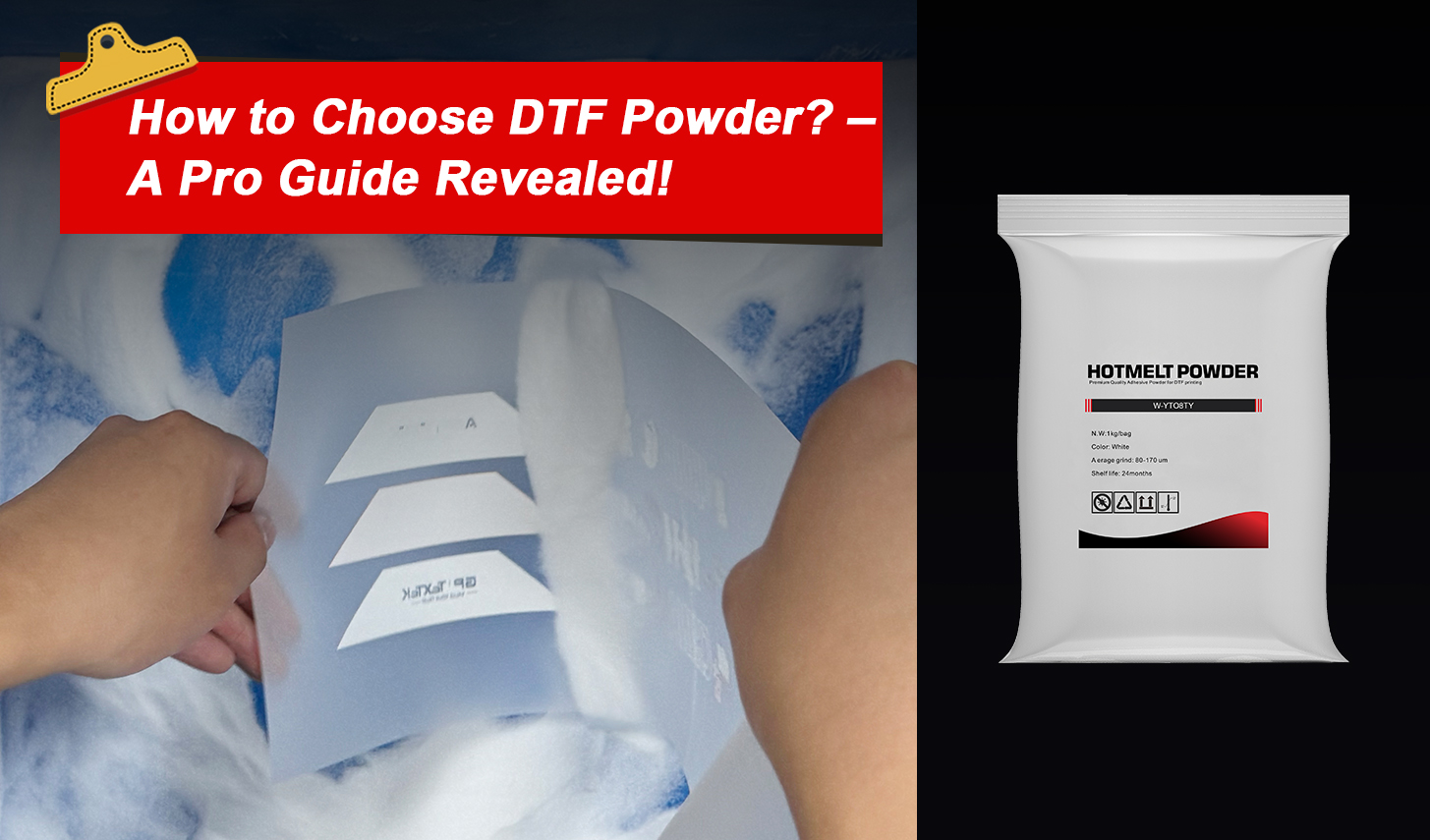
Do your prints look dull? If yes, there might be a chance that your powder is wrong. Read our professional guide to Learn how to choose DTF powder, find powder options, and pick the key characteristics. Match powder to fabrics, mitigate print fails now.
Why Does DTF Powder Make or Break Your Prints?
Using high-quality DTF powder enhances the vibrancy of prints and their impressive durability. This important thermoplastic polyurethane (TPU) hot melt powder provides excellent ink adhesion.
Therefore, designs offer great elasticity and do not crack after numerous washes. The correct powder selection is a function of knowing how to choose DTF powder.
Think of the particle size, usually 80- 170 microns, for best outcomes. Garments treated with finer mesh powders feel softer to the touch.
Also, proper curing temperatures around 150°C activate the adhesive features. Knowing how to choose DTF powders can significantly affect the overall print quality.
How to Choose DTF Powder? Your Expert Steps!
Choosing the right DTF powder will guarantee the best print results for you. This guide outlines key considerations for developing an optimal strategy. Discover expert methods for determining the right hot melt adhesive powder.
· Substrate Type
Choose a DTF powder that meets the requirements of the specific garment. For Blends of Cotton, use Thermoplastic Polyurethane (TPU) powders for superb elasticity.
PES powders work well with rigid durable synthetic fabrics. A Nylon fabric may require low-temperature powders with a melting point of 130° C. Therefore, consider coarse particles, perhaps 120-250 microns, for textured textiles such as denim.
· Design Complexity
Design intricacy heavily influences powder selection choices. Fine details need to be executed with finer powders in the ranges of 0-80 microns or 150 mesh.
The smaller granules will guarantee that the ink sits within thin lines. Medium sized powders around 80-170 microns are the most versatile providing prints for most needs. Knowing how to choose DTF powder ensures meticulous detail preservation in high-resolution graphics.
· Durability Needs
Determine the amount of washing and stretch the printed area will endure. TPU powders with high elasticity are excellent for sportswear which require flexibility after numerous washes.
Choose powders with strong adhesion tested at 40°C or 60°C wash cycles. PA powders have good wear resistance and are suitable for workwear applications.
· Printer Compatibility
Always check if the powder is compatible with your DTF system. For your curing oven, confirm optimal melting points between 110 to 160 degrees Celsius.
Maintaining uniform particle size enables seamless flow throughout the automated powder shaker systems. Check the compatibility with your printer ink and PET film type. Knowing how to choose DTF powder aligns well with the AGP specifications.
· Test Protocol
Before full production runs, follow thorough testing procedures. Test prints must be done on the actual fabric roll. Check the hot peel or cold peel release effect accurately.
Assess the feel of the final print along with hand feel, adhesion strength, and stretchability. Considering how to choose DTF powder must mean validating the results for wash tests beforehand.
|
Factor |
Key Consideration |
Rec. Powder Type |
Ideal Size (µm) |
Melt Point (°C) |
Wash Cycles (Est.) |
Peel Method |
|
Substrate Type |
Fabric Material |
TPU/PA/PU |
80-180 |
105-160 |
30-50+ |
Varies |
|
Design Complexity |
Detail Level |
Fine/Medium PU/TPU |
80-150 |
110-140 |
30-40 |
Cold/Warm |
|
Durability Needs |
Wash/Stretch Req. |
High Melt TPU/PA |
100-180 |
130-160 |
40-60+ |
Cold Preferred |
|
Printer Compatibility |
Shaker/Manual Spec |
OEM Recommended |
Match Equipment |
Match Speed |
~40 |
Varies |
|
Test Protocol |
Adhesion/Wash/Flex |
Pass AATCC/ISO |
Run Small Trials |
Verify Cure Temp |
Confirm Target |
Perform Tests |
|
Peel Type |
Workflow/Release |
Hot/Cold/Warm |
80-180 |
Affects Choice |
Varies |
Hot/Cold/Warm |
Table on How to Choose DTF Powder!
Exploring DTF Powder Types: What’s Your Match?
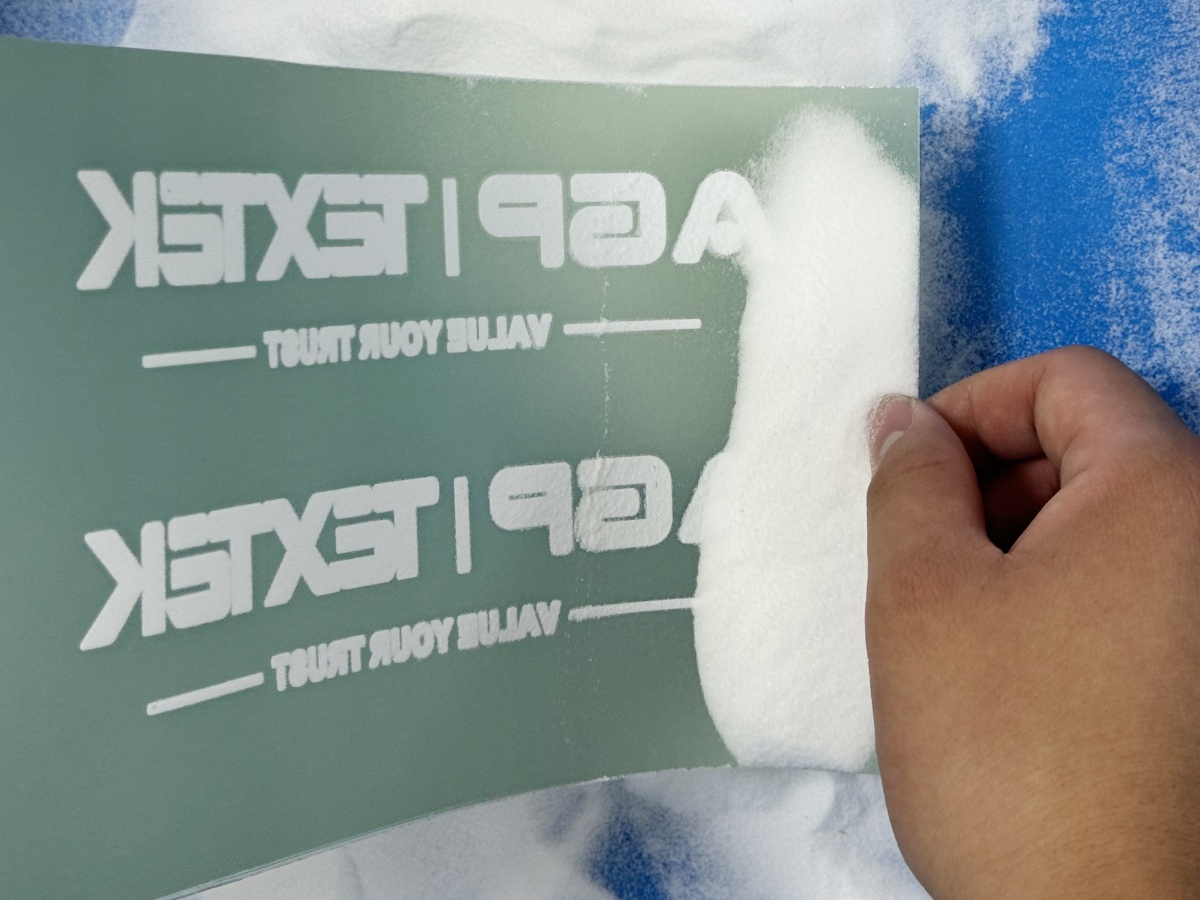
Different DTF powders options are tailored for different printing needs. Understanding materials such as PA, PU, TPU, EVA is essential. Find out which specific hot melt adhesive powder is most suited for your applications.
· PA Powder
Polyamide (PA) powder guarantees high strength and superior durability. It provides unrivaled protection against numerous forms of wear including abrasion and even enzymatic washing.
This makes PA suitable for workwear requiring tough 90°C wash resistance. Particle sizes vary greatly, including 80 to 170 microns and 150 to250 microns.
Furthermore, bonding temperatures tend to be higher around140°C to 150°C. Thus, how to choose DTF powder involves taking these characteristics into consideration.
· PU Powder
Polyurethane (PU) powder is one of the most versatile adhesive powders. It encompasses a wider range that often includes particular TPU formulations. PU provides elasticity together with careful attachment to the fabric.
You will find it provides a desirable soft feel after transfer, PU’s abrasion resistance aids in maintaining the integrity of the design being bonded to the fabric. Common particle sizes are 80 to 200 microns with melting points at 90 to115°C. Thus, PU works well with many standard cotton and blend garment uses.
· TPU Powder
Thermoplastic Polyurethane (TPU) powder excels in flexibility and stretch. Its elasticity and soft feel make it ideal for performance wear applications.
AGP's high purity (99.9%) TPU ensures softness and crack resistance. It features excellent wash resistance at 60°C with melting point at 105-115°C. Common particle sizes include 0 to 80 microns and 80 to 200 microns. Knowing how to choose DTF powder means reaching for TPU most times.
· EVA Powder
EVA Powder has very little application within DTF technology due to its properties. EVA is a low-temperature flexible hot melt adhesive that provides good softness but less durability than a more rigid TPU. It is primarily used in porous polyethylene EVA packaging, foam soles, and even the midsoles of certain shoes. It makes it uncommon for considered garment DTF printing durability needs, EVA is usually omitted in DTF apparel powder selection.
How to Choose DTF Powder Features Wisely?
Choosing DTF powder requires DTF task performance specifications that critically affect your definition of ideal print quality. Understanding the same will yield better results: identifying the exact specifications of the hot melt powder needed for optimal outcome is crucial.
· Peel Strength
Peel Strength refers to the amount of force used to pull off the DTF film. In hot peel DTF, film removal is done 5 seconds after pressing. Cold peel, on the other hand, is done after 30 seconds or more. Easy and clean peeling is a guarantee with quality powders like AGP’s TPU options.
To how to choose DTF powder, performance in desired release should be taken into account, especially the release. Good peel strength means no damage to the design during the transfer process due to design harm.
· Elongation
Elongation describes how much the powder can stretch before cracking occurs. High stretch powders, especially TPU based, provide excellent stretch percentages.
This is important for uses on soft fabrics such as sportwear. It enables the design that has been transferred to stretch along with the garment.
As a result, the print is safeguarded from damage during fabric tugging or twisting. Consider choosing powders that are suitable to the flexibility of the substrate for optimal durability and quality results.
· Color Fastness
Color fastness indicates ability to resist fading during the washing cycles. Look out for high ratings, often 4 or 5, in standard washing tests.
Quality powders keep vibrant even after several washes at 40°c or 60°c. Proper curing of the powder at the required temperature, say 140°c, is very important.
How to choose DTF powder must include wash durability. Good fastness, which can be considered for professional quality standards such as AATCC 61, achieves desired.
· Opacity
Opacity defines how well the powder can cover the color of the fabric underneath it. This is very important when printing white ink underbases on dark garments.
Medium or coarse grade powders tend to provide better coverage of white ink. High opacifying powder guarantees vivid and true representation of the printed colors. It serves as a base coat for the colored inks. Optimizing use of white ink can sometimes be aided by good powder opacity.
· Flowability
Flowability is defined as the ease with which a certain powder moves during application. Good flow ensures even distribution from automatic powder shaker units.
In this aspect, the anti-static features together with the uniform particle size of 80-200 microns are critical. High humidity (around 65% and above) is known to cause clumping of powders which automatically reduces flow.
This is the reason why the handling characteristics of DTF powder are crucial. A correct method of storage helps maintain optimal powder flow which is airtight containers.
How to Choose DTF Powder for Fabrics?
The choice of DTF powder in relation to the fabric is a fundamental prerequisite in achieving the purpose. Contrarily, various textiles require different adhesive properties in order to achieve optimum printed outcomes. Find out how you can choose the powders for popular garments with different fabrics.
· Natural Fibers
Natural fibers like cotton and linen are compatible with standard powders. Good adhesion and soft hand feel are provided by Thermoplastic Polyurethane (TPU) powder.
Often suitable selections include standard medium particle sizes of 80 to 170 microns. These generally perform effectively: standard curing temperatures of 150 to 160 degrees Celsius.
These prints boast superb wash fastness up to 60 degree celsius cycles. On these common natural materials, you obtain durable, breathable results.
· Synthetic Fibers
Synthetic fibers, like polyester and nylon, are more flexible but require careful consideration. Special black DTF powder may be needed to block dye migration for dyed polyester. Some heat sensitive synthetic materials require low temperature curing powders that bake at 130-150 degrees Celsius.
But if rigidity is required for nylon, Polyester (PES) powders offer it. Synthetic material properties greatly dictate DTF Powder choice so testing is essential. Scorching the delicate materials is not an option when ensuring optimal adhesion.
· Coated Textiles
Challenges for adhesion occur while using PU or PVC leather coated textiles. DTF transfers are also difficult due to non-porous surfaces. You might require specialized adhesive powders for stronger bonding. It is incredibly important to experiment with various powders, settings, and types of heat presses. Changing the pressure or increasing the press time to about 15-20 seconds may result in some improvements. Ample trial and error are needed to achieve optimal results with these specialized coated substrates.
· Elastic Materials
Spandex or Lycra containing elastic materials require the use of high-stretch powders. In order to prevent cracking of prints due to stretching, the use of high-elasticity TPU powder is a must. Powders with superior elongation to fabric demand flexibility are necessary.
For such high stretch uses, AGP offers the ideal TPU powders. Thus, to answer the question posed as how to select DTF powder for sportswear, the focus must be on flexibility. Using the right powder means that the design will be able to move with the fabric, which is optimal.
· Non-Wovens
Like polypropylene bags, non-woven fabrics are frequently heat sensitive. Here, a low temperature powder that melts around 130-150° C is usually required. Adhesion on rough non-woven surfaces undergoes a change which requires testing.
Coarser powders with 120–250-micron particle sizes may enhance adhesion. Knowing how to choose DTF powder for non-wovens involves managing heat. Under-temperature control, melting or damage to the base material is avoided.
Black vs White: Deciding How to Choose DTF Powder?
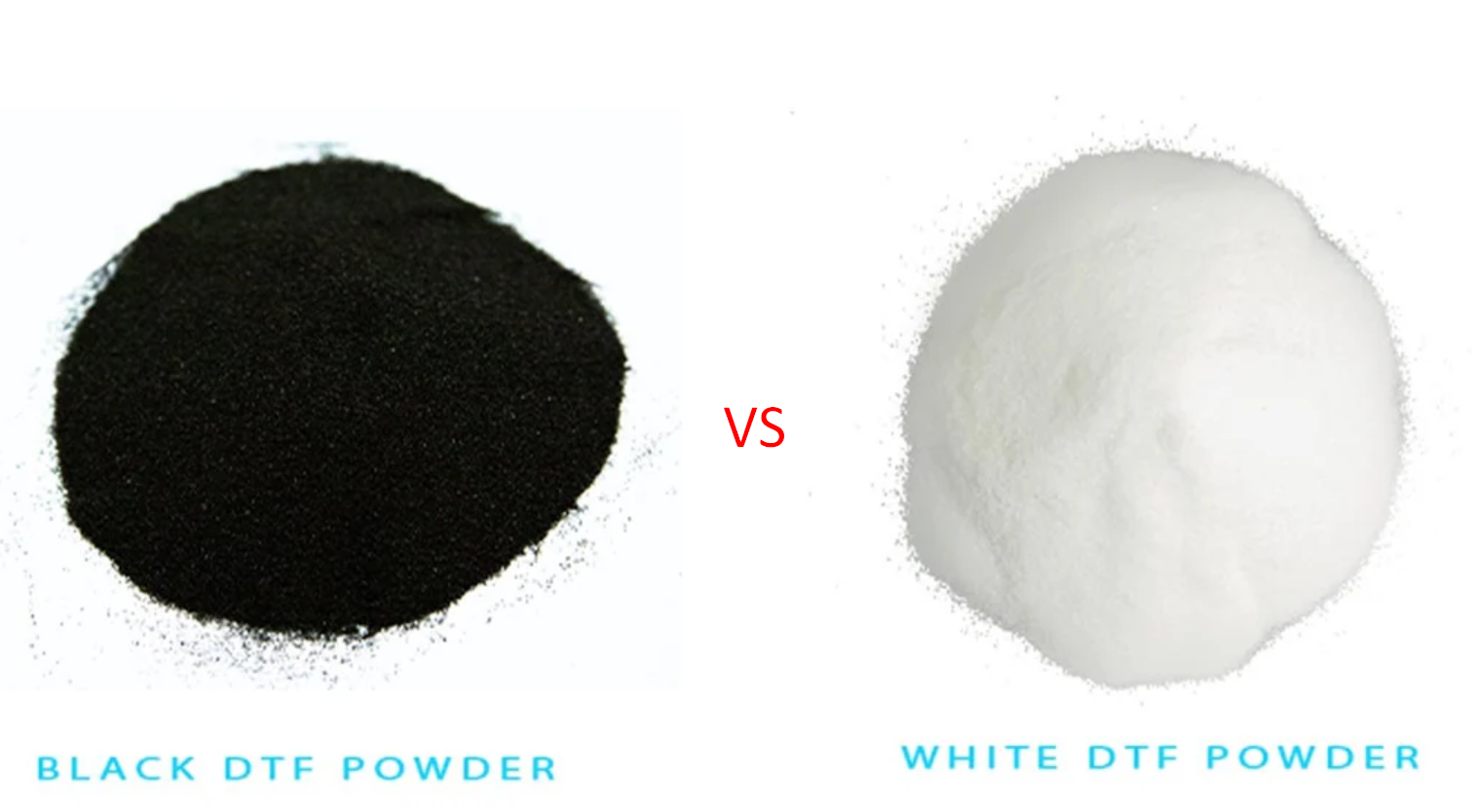
ü White DTF powder is the most commonly used because it's the most versatile.
ü Black DTF Powder has a distinguished anti-sublimation blocking function. Its primary application is restricting dye migration on dark polyester clothing.
ü White DTF powder derives its brightness from Titanium Dioxide (TiO₂) which makes it white. This pigment has great opaqueness, enabling it to cover fabric colors underneath effectively.
ü The dark hue in black DTF powder comes from Carbon Black. Its main role is to block migrating dyes from sublimating through prints.
ü White powder has better opaqueness for coverage of the fabric's color as it contains Titanium Dioxide which is responsible for creating a strong white foundation.
Why AGP Excels in DTF Powder Selection?
AGP has a wide array of DTF powders and offers great quality that matches with professional printing requirements. For example, their upgraded TPU powder offers great 60° wash resistance.
You benefit from an elastic property that prevents cracking on performance stretchable fabrics. Additionally, AGP makes powders that sublimate anti-white which are ideal for dark polyester garments. Particle sizes ranging from 80 to 170 microns offers a balanced soft feel and performance.
Thus, with AGP's specific options, the question of how to choose DTF Powder is made easier. The provided powders ensure good adhesion for DTF printing powders at hot pressing temperatures of 110 to 130 degrees Celsius. With AGP, choosing a DTF powder becomes effortless and proves great results.
FAQs!
What’s The Difference Between Hot Melt And Cold Peel Powders?
Film can be removed immediately post heat pressing, that’s hot peel. Cold peel film needs to sit for 30s before coming off. Hot peel is glossy, cold peel gives a matte look.
How Does Particle Size Impact DTF Prints?
Printing details, texture, and hand feel are impacted by particle size. Medium and fine powder ranges of about 80-170um and 0-80um, respectively, influence feel and detail. To achieve the best print quality, knowing how to select DTF powder is essential by pairing sizes like 120-250um to fabric.
Can One Powder Work For All Fabrics?
No single powder perfectly works on every type of fabric and material. For versatile applications across many textiles, the medium TPU powder of 80-170 um ranges serves best. On the other hand, Polyester and high-stretch Spandex require specific PES or elastic TPU powders.
How To Store DTF Powder Properly?
For preventing moisture clumping and ensuring preservation, it is advisable to keep the DTF powder in an air-tight container. Powder flowability is easier when relative humidity is kept between 40-60% and temperature is dry and cool at 20-25°C. How to select DTF powder also involves considering quality preservation almost.
Conclusion
Now you know how to pair applicable powders to your fabric needs. Always check features like peel strength. Make avoiding common printing errors easy.
How to choose DTF powder is very simple when you understand the fundamentals. Need help by other means? Check out AGOODPRINTER, guidance from professionals increases the chances of success.

